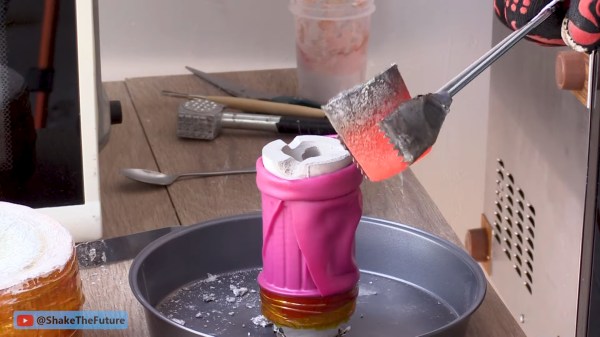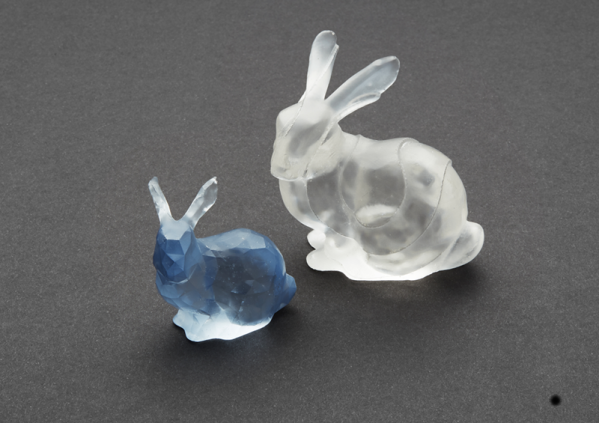We’ve seen furniture made out of all sorts of interesting materials here, but clay certainly isn’t the first one that comes to mind. [Mia Mueller] is expanding our horizons with this clay stool she made for her garden.
Starting with an out-of-budget inspiration piece, [Mueller] put her own spin on a ceramic stool that looks like a whimsical human head. An experienced potter, she shows us several neat techniques for working with larger pieces throughout the video. Her clay extruder certainly beats making coils by hand like we did in art class growing up! Leaving the coils wrapped in a tarp allows her to batch the process coils and leave them for several days without worrying about them drying out.
Dealing with the space constraints of her small kiln, her design is a departure from the small scale prototype, but seeing how she works through the problems is what really draws us to projects like this in the first place. If it was easy, it wouldn’t be making, would it? The final result is a beautiful addition to her garden and should last a long time since it won’t rot or rust.
If you’re thinking of clay as a medium, we have some other projects you might enjoy like this computer mouse, 3D printing with clay, or a clay battery.




















